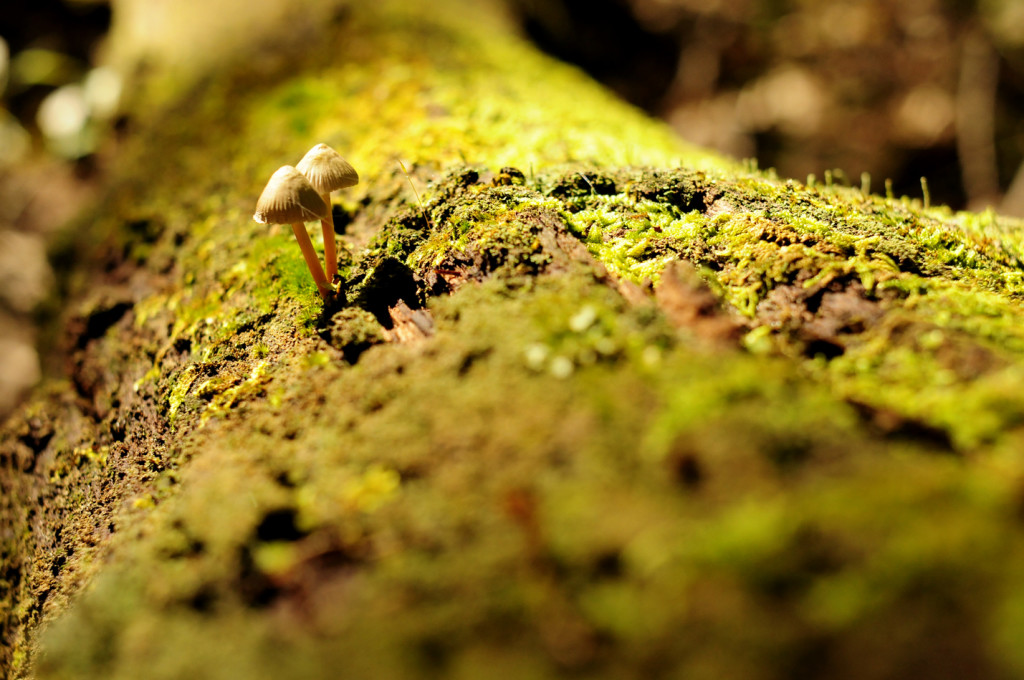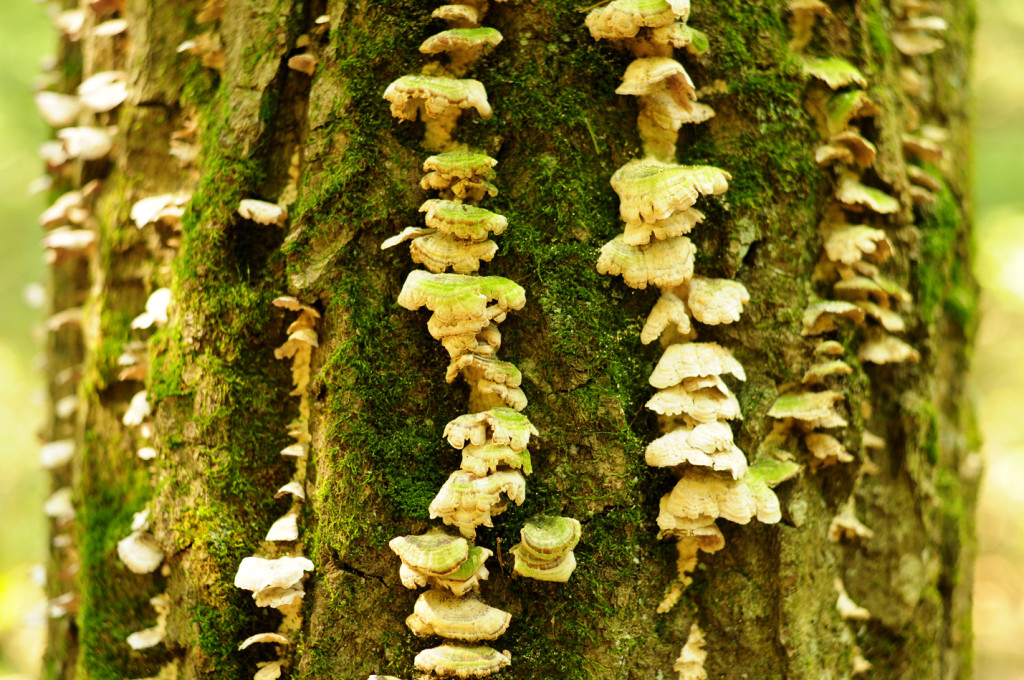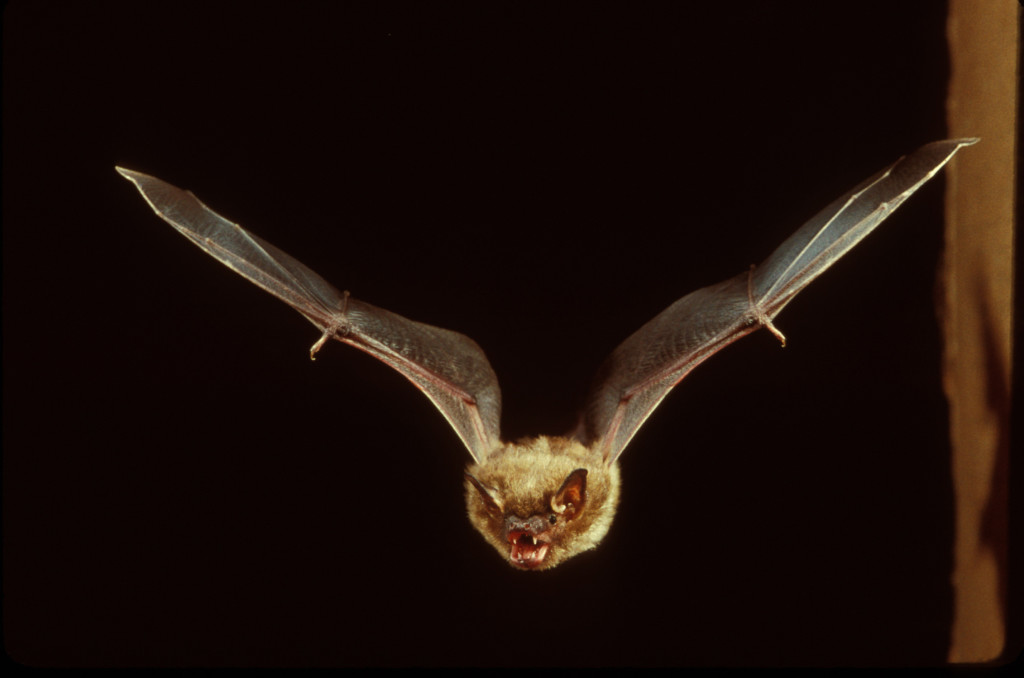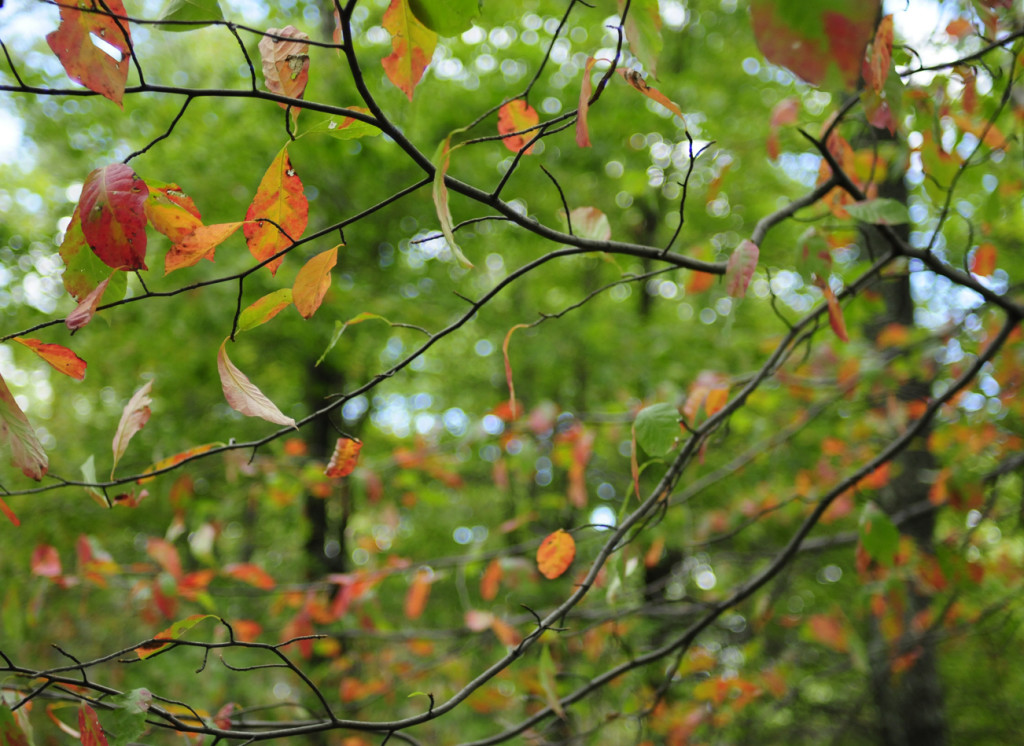On the first Wednesday of each month we like to pause and take a look at what’s going on in the world around us, with a particular focus on animal activity, celestial events, and our farmers’ fields.
September is a great time to take a hike. The extreme heat disappears, rain moves in and cooler temperatures arrive. The damp woods are bursting with fungus. You could even think about joining a mushroom club or going along on a foray this month. If you’re trotting along you’re sure to see squirrels and chipmunks gathering nuts and seeds for the winter months. Overhead you’ll hear birds migrating, check out this post to see how to properly prepare for those on the move. If you’re interested in following along with this season’s migrations, the Cornel Lab of Ornithology produces a bird migration forecast. You’ll learn what species you should expect to see traveling in different regions of the United States. Migrations are heavily dependent upon weather conditions. The best times to see large flocks are directly after a cold front passes and very early in the morning. That’s why birdwatching groups always meet at the crack of dawn, if you wake up early, head to the nearest native habitats with lots of water.
Bats are also on the move this month. As fall approaches big brown bats are looking for a place to hibernate. Cool nights with fewer insects are the primary force that starts the migration to hibernation. Some of these migrations may be very short, only a few miles from their summer homes. At this time of year, big brown bats are plump, healthy and ready for a long sleep. Unheated attics are actually ideal hibernation places for bats so keep an eye out in case some make their way into your home. You’ll want to have them removed before they hibernate or else you shouldn’t disturb them until spring!
Night Sky
September’s full Harvest Moon on the 28th. This will be the closest full moon all year, so don’t miss it! The first official day of Autumn occurs on September 23rd (Bruce Springsteen’s birthday!) when the sun is directly over the equator and there are nearly equal amounts of day and night throughout the world. Then daylight starts to decrease for us in the Northern Hemisphere. This month’s new moon occurs on the 13th, making it a great evening to get out and look for faint objects in the night’s sky. You should have no trouble spotting Venus, which will be present all month and twenty-three times brighter than the brightest start Sirius. This month (Sept 11-24) is the best time to view zodiacal light this year. Look for a faint glow in the predawn eastern sky. It actually the reflection of millions of interplanetary particles. If you happen to be in southern Africa, Antarctica or any the ocean inbetween, you’ll see a partial solar eclipse on September 13th. Southern Hemisphere dwellers will also enjoy Mercury during evening twilight for the first half of the month. Sunday, September 27th is going to be quite a show depending on where you live, read about it here. The next night, September 28th, the brightest asteroid Vesta will be in Cetus and visible all night with a pair of binoculars. If you know where to look, Mars, Jupiter, Saturn, Uranus and Neptune will all be visible at some point this month too.
September in Nepal
Fields and Festivals
This is the time of year when those crops that require the full summer growing season are finally ready for harvest. You should start seeing potatoes, apples, pumpkin, and other winter squash at your farmers market. It’s also cooling down during the middle of the day so a wider variety of greens will be available soon too. Hopefully your markets still have tables full of peppers, turnips, radishes, onions, mushrooms, cucumbers, watermelon, and summer squash. Depending on your location you may see some figs and edamame too.
While summer festivals have come to a close, there are surely a bunch of state fairs on the docket this month. Here are some environmental holidays that everyone can participate in too!
- September 16, International Day for Preservation of the Ozone (it still needs our love!)
- September 18, World Water Monitoring Day
- September 18-20, Clean Up the World Weekend
- September 21, Zero Emissions Day (we dare you!)
- September 22, World Car-free Day (double-dog dare you)
- September 26, World Environmental Health Day
- September 27, World Rivers Day
So much going on, and plenty of days on that list reminding us that fall will keep us just as occupied as summer. Are you planning on participating on any of these earth holidays? We hope you’ll do something that makes this beautiful planet a bit better this month. Try biking to work, feed those migrating birds, or collecting debris from the bank of your favorite river. Of course we hope you celebrate the season’s bounty too! There are plenty of state fairs to attend so munch on those fried veggies and sip on some apple cider because it’s fall and that’s what you do ya’ll!




